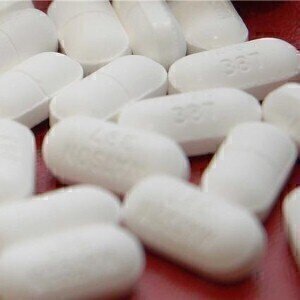News & Views
Prototype Nanoneedles Prompt Generation of Blood Vessels
Mar 29 2015
Scientists from Imperial College London and Houston Methodist Research Institute have developed tiny ‘nanoneedles’ that have successfully prompted parts of the body to generate new blood vessels in a trial in mice.
It is hoped that this nanoneedle technique could ultimately help damaged organs and nerves to repair themselves and help transplanted organs to thrive.
Made from biodegradable silicon the nanoneedles penetrate the cell wall bypassing its outer membrane to deliver nucleic acids without harming or killing the cell. The silicon degrades in about two days, leaving behind only a negligible amount of a harmless substance called orthosilicic acid.
During trials the team successfully delivered DNA and siRNA into human cells in the lab and also into mouse back muscles where new vessels continued to form over a 14 day period. The technique did not cause inflammation or other harmful side effects, a report said
“This is a quantum leap compared to existing technologies for the delivery of genetic material to cells and tissues,” said Ennio Tasciotti, Co-Chair, Department of Nanomedicine at Houston Methodist Research Institute and co-corresponding author of the paper. “By gaining direct access to the cytoplasm of the cell we have achieved genetic reprogramming at an incredible high efficiency. This will let us personalise treatments for each patient, giving us endless possibilities in sensing, diagnosis and therapy. And all of this thanks to tiny structures that are up to 1,000 times smaller than a human hair.”
Dr Ciro Chiappini, first author of the study from the Department of Materials, added: “If we can harness the power of nucleic acids and prompt them to carry out specific tasks, it will give us a way to regenerate lost function. Perhaps in the future it may be possible for doctors to apply flexible bandages to severely burnt skin to reprogram the cells to heal that injury with functional tissue instead of forming a scar. Alternatively, we may see surgeons first applying the nanoneedle bandages inside the affected region to promote the healthy integration of these new organs and implants in the body. We are a long way off, but our initial trials seem very promising.”
The researchers are now aiming to develop a flexible bandage incorporating nanoneedles for internal or external use.
*Published in Nature Materials
Digital Edition
Lab Asia 31.2 April 2024
April 2024
In This Edition Chromatography Articles - Approaches to troubleshooting an SPE method for the analysis of oligonucleotides (pt i) - High-precision liquid flow processes demand full fluidic c...
View all digital editions
Events
Apr 28 2024 Montreal, Quebec, Canada
May 05 2024 Seville, Spain
InformEx Zone at CPhl North America
May 07 2024 Pennsylvania, PA, USA
May 14 2024 Oklahoma City, OK, USA
May 15 2024 Birmingham, UK


















